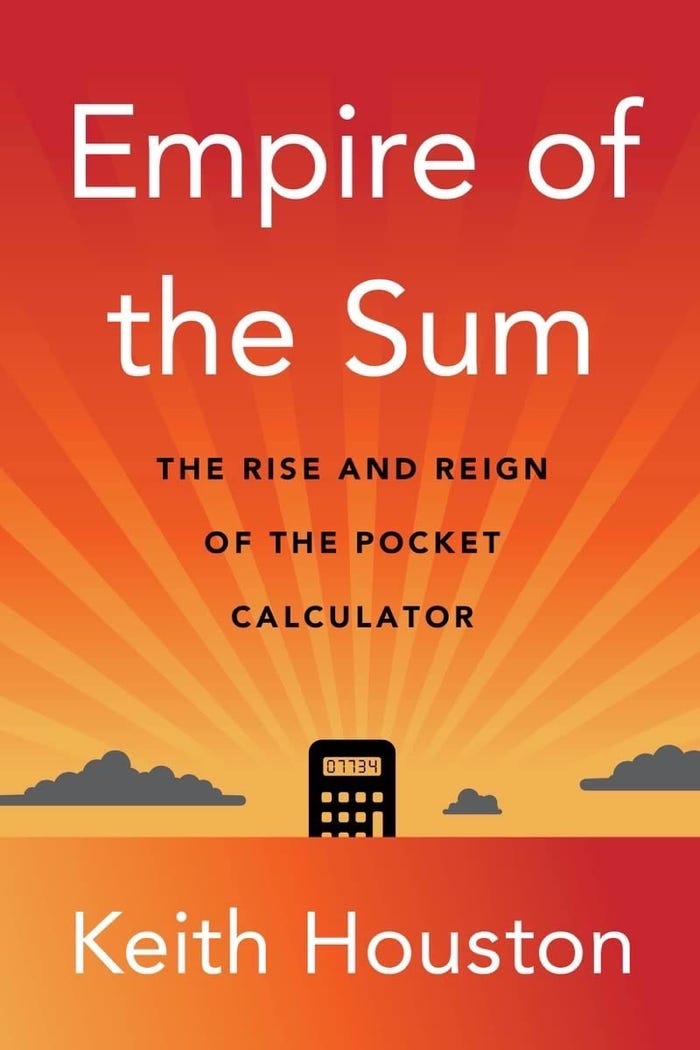“Empire of the Sum” Book Tells the Story of the Electronic Calculator
People have sought ways to automate calculations for ages, but the integrated circuit put this ability in engineers’ shirt pockets.

My first experience with an electronic calculator was in the 1970s when my engineer grandfather had an early digital calculator that was his prized possession. He let me play with it, and I imagined tearing through my grade school math homework with such a device.
I don’t remember the brand, but there’s an excellent chance it was something like the Hewlett-Packard HP-35, which the manufacturer recalls “quickly replaced the faithful slide rule that had been used by generations of engineers and scientists for rapid calculation and simple computation.”
Honoring the Inventor of the Integrated Circuit
A new book by author Keith Houston (W. W. Norton & Company, Inc.) -- who previously wrote Shady Characters about punctuation and The Book on the history of books -- looks back at the development of calculators, starting with simple early mechanical devices such as the abacus through to the modern electronic calculator that has been largely replaced by smartphone apps.
Empire of the Sum: The Rise and Reign of the Pocket Calculator follows the same formula as the surprise bestseller Longitude: The True Story of a Lone Genius Who Solved the Greatest Scientific Problem of His Time, which described the creation of accurate clocks for navigation at sea.

In his book, Houston describes the development of slide rules and complex mechanical calculating engines before the rise of electronic devices using vacuum tubes, transistors, and finally, integrated circuits.
Thanks to this culmination of technology, my grandfather could retire his slide rule. And I could spell "SHELLOIL" on its LED display by typing in 71077345 and turning the calculator upside down.
Houston covers the contributions of companies like Olivetti, Texas Instruments, and Hewlett-Packard to making the compact pocket calculator a reality, followed by the observation that the device has been rendered obsolete by software on ubiquitous smartphones. “The calculator is dead,” he writes. “Long live the calculator.”
The 384-page book is available for $32.50 in hardcover form and for the Kindle.
About the Author(s)
You May Also Like





